CHENGDU, China: For restorative dental treatments to be successful, proper dental isolation and moisture control are essential. One of the more widely applied traditional isolation methods involves the use of a rubber dam. A team of researchers from Sichuan University in Chengdu conducted a meta-analysis of studies regarding the rubber dam method and found that, although there is some evidence correlating its use to lower restoration failure rates, more research on the topic is needed.
The team of researchers had previously published a review study on the same topic in 2015, which included the results of four studies measuring the efficacy of rubber dam isolation against isolation conducted with cotton rolls. For this update, they conducted a new search for relevant studies and included an additional two, though their conclusions remained the same.
“Low- and very low-certainty evidence suggests that compared to traditional cotton rolls isolation method, the use of rubber dam in dental direct restorative treatments may lead to a higher survival rate of dental restorations,” the authors noted. They cautioned, however, that there was “a high risk of bias in the analysed studies” owing in part to their “being conducted in ways that may have introduced errors into their results”.
“The fact that we are unable to make a robust conclusion on the effects of using rubber dam isolation during restorative treatments in dental patients demonstrates that more well-designed randomised controlled trials with longer follow-up periods are needed,” the authors added. They recommended that future studies of the rubber dam isolation method’s effectiveness should consider indirect as well as direct restorations and should also include factors such as the direct cost of the treatment and patient acceptance and satisfaction rates.
The study, titled “Rubber dam isolation for restorative treatment in dental patients”, was published online in the Cochrane Database of Systematic Reviews on 17 May 2021.
Tags:
PORTOVIEJO, Ecuador: The application of the concept of osseointegration revolutionised the treatment of edentulous patients. However, as applications ...
LONDON, UK: Despite dental settings presenting a significantly elevated risk of infection for those in and beside the chair, testing patients for the ...
TOKYO, Japan: In modern dental practice, there is a great need for materials that combine convenient handling and procedural efficiency with aesthetic, ...
Over the last two decades, there has been an increasing demand for accelerated dental implant treatment protocols to minimise treatment duration and to ...
Local anaesthesia is often uncomfortable for both patient and clinician. However, it does not have to be this way, as Dr Aneta Olszewska will show in a ...
LONDON, England: The structural asymmetries that pervade society as a whole are inevitably reproduced within specific industries, dentistry being no ...
AMMERBUCH, Germany: The Ivoclar Group, a global provider of integrated solutions for high-quality dental care, and vhf camfacture, a leading manufacturer of...
LEIPZIG, Germany: As any postoperative infection can potentially be linked to the oral cavity, researchers have evaluated the oral health, oral health ...
KUOPIO, Finland: A pilot study has evaluated the perceived realism and educational value of a novel multilayered drilling plate designed to replicate the ...
Live webinar
Mon. 12 January 2026
9:00 am EST (New York)
Prof. Judith Jones D.D.S; M.P.H., Prof. Kakuhiro Fukai D.D.S., Ph.D, Dr. Bathsheba (Bethy) Turton
Live webinar
Wed. 14 January 2026
12:00 pm EST (New York)
Dr. Théo Laplane, Dr. Robert Gottlander DDS
Live webinar
Fri. 16 January 2026
12:00 pm EST (New York)
Live webinar
Mon. 19 January 2026
1:00 pm EST (New York)
Philipp Kopp, Michael Seeber
Live webinar
Thu. 22 January 2026
2:00 pm EST (New York)
Dr. Nicola M. Grande DDS, PhD
Live webinar
Wed. 28 January 2026
8:00 am EST (New York)
Live webinar
Wed. 28 January 2026
11:00 am EST (New York)
Prof. Dr. Jan-Frederik Güth



 Austria / Österreich
Austria / Österreich
 Bosnia and Herzegovina / Босна и Херцеговина
Bosnia and Herzegovina / Босна и Херцеговина
 Bulgaria / България
Bulgaria / България
 Croatia / Hrvatska
Croatia / Hrvatska
 Czech Republic & Slovakia / Česká republika & Slovensko
Czech Republic & Slovakia / Česká republika & Slovensko
 France / France
France / France
 Germany / Deutschland
Germany / Deutschland
 Greece / ΕΛΛΑΔΑ
Greece / ΕΛΛΑΔΑ
 Hungary / Hungary
Hungary / Hungary
 Italy / Italia
Italy / Italia
 Netherlands / Nederland
Netherlands / Nederland
 Nordic / Nordic
Nordic / Nordic
 Poland / Polska
Poland / Polska
 Portugal / Portugal
Portugal / Portugal
 Romania & Moldova / România & Moldova
Romania & Moldova / România & Moldova
 Slovenia / Slovenija
Slovenia / Slovenija
 Serbia & Montenegro / Србија и Црна Гора
Serbia & Montenegro / Србија и Црна Гора
 Spain / España
Spain / España
 Switzerland / Schweiz
Switzerland / Schweiz
 Turkey / Türkiye
Turkey / Türkiye
 UK & Ireland / UK & Ireland
UK & Ireland / UK & Ireland
 Brazil / Brasil
Brazil / Brasil
 Canada / Canada
Canada / Canada
 Latin America / Latinoamérica
Latin America / Latinoamérica
 USA / USA
USA / USA
 China / 中国
China / 中国
 India / भारत गणराज्य
India / भारत गणराज्य
 Pakistan / Pākistān
Pakistan / Pākistān
 Vietnam / Việt Nam
Vietnam / Việt Nam
 ASEAN / ASEAN
ASEAN / ASEAN
 Israel / מְדִינַת יִשְׂרָאֵל
Israel / מְדִינַת יִשְׂרָאֵל
 Algeria, Morocco & Tunisia / الجزائر والمغرب وتونس
Algeria, Morocco & Tunisia / الجزائر والمغرب وتونس
 Middle East / Middle East
Middle East / Middle East
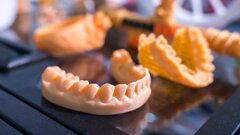
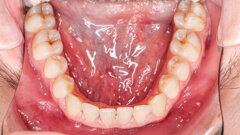







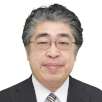




















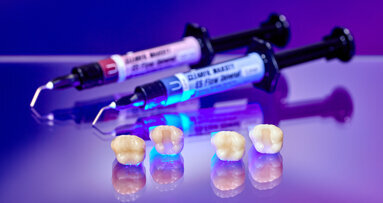
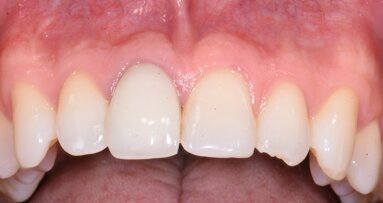
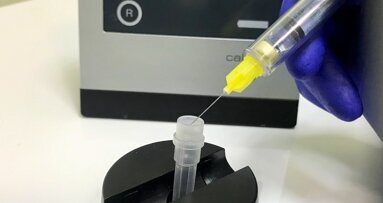

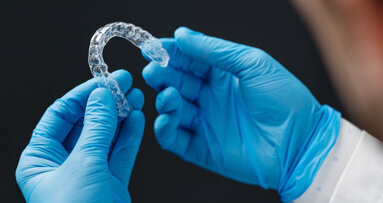
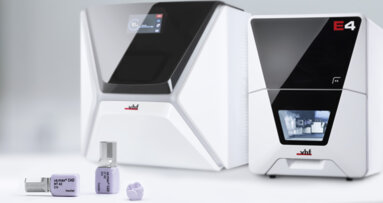
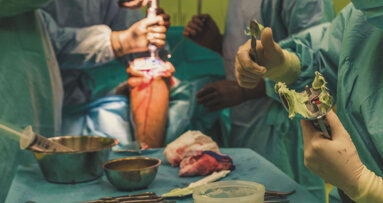
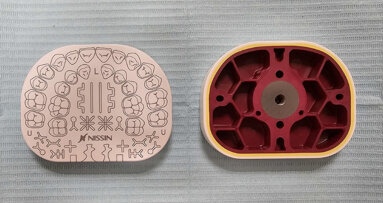










To post a reply please login or register